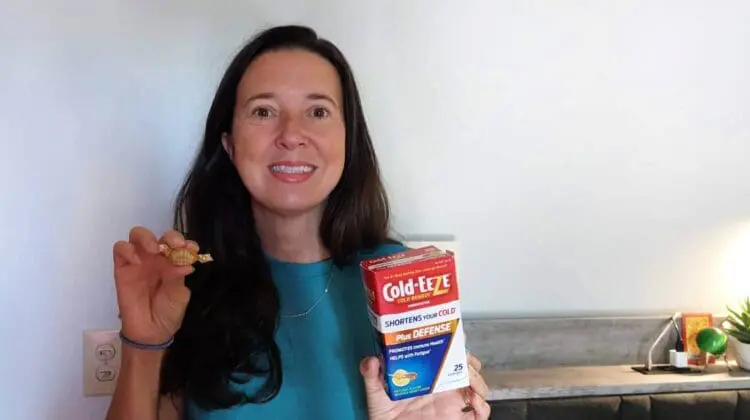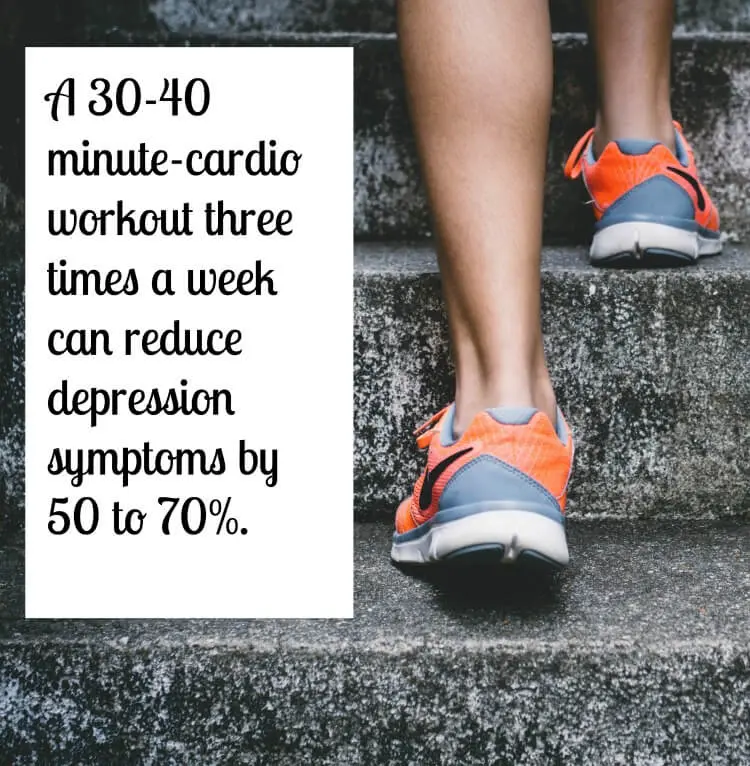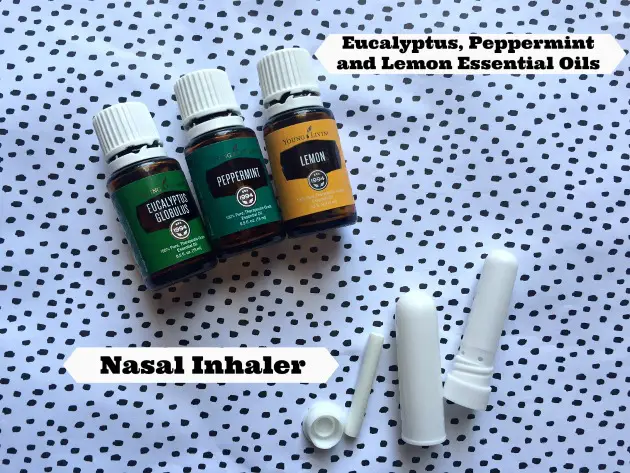You may be wondering, what causes bad eyesight in kids. Don’t wait till you are wondering, can kids eyesight improve? Building healthy vision habits early makes a big difference. Kids’ eyes are always busy. They’re spotting colors in their toys, reading a storybook, or watching their favorite shows. You might not realize it, but their […]
health tips
Cold-EEZE® Lozenges: A Back-To-School Essential
My husband is a teacher so I know very well that during back-to-school season, there is always some sickness being passed around. No one likes that horrible stuffy feeling of being congested and having to breath through your mouth! That is why this is a great time to stay on top of frequent hand washing […]
Boost Immune System Naturally With These 10 Foods
The immune system is a pretty powerful defense against a range of disease- causing microorganisms. There are limits to its effectiveness however, as immune function can be impaired by nutritional imbalances and deficiencies. The good news is that minor tweaks to your diet can help strengthen immunity, giving it a better chance to fight off […]
20 Simple Ways To Reduce Stress Now
This time of year is is so busy! Many people have a tendency to get overwhelmed and stressed. This stress occurs for a variety of reasons (circumstances, personality, pressure, etc.) Sometimes it can be almost impossible to get rid of stress. Fortunately, there are certain activities and choices that reduce stress and promote a healthier […]
10 Rewarding Activities That Improve Your Ability to Focus
Wondering how to improve concentration and focus while studying? Or maybe you just find your mind drifting while people are talking and you want to be able to stay in the present moment and focus on what they are saying? In today’s day and age, it’s harder to focus than it ever has been in […]
DIY Essential Oil Nasal Inhaler For Congestion Relief
It is the season for stuffy noses, congestion and sinus pressure. No one has time for that nor wants to struggle with breathing! A lot of people depend on store bought nasal inhalers to clear up their sinuses and while some of those do work, they often contain things that just aren’t great for you […]
Tips for Fall Prevention at Home in the Elderly
Every year, one-quarter of older adults (ages ≥65 years) in the United States report a falling accident. Even though not all falls cause an injury, 37% of fallers, according to the Centers for Disease Control and Prevention, said that they were injured enough to need medical attention or had to limit their activities for at […]







